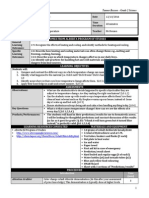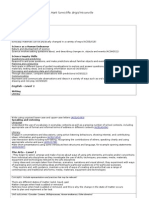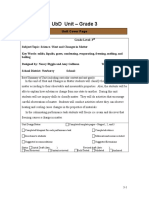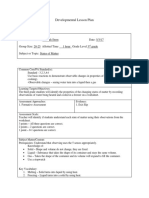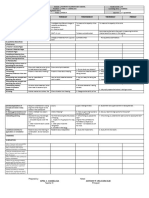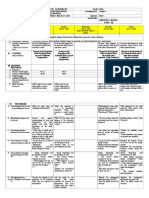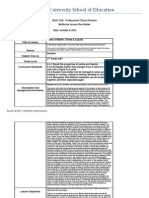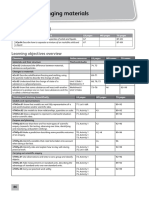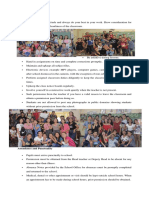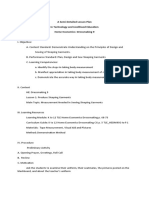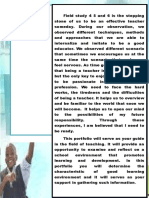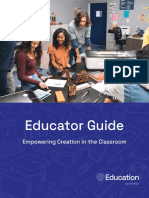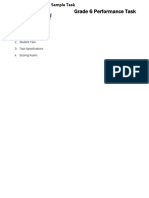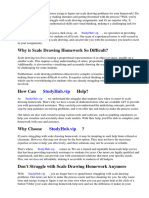0% found this document useful (0 votes)
207 views11 pagesLesson Plan Typhoon
This document outlines a lesson plan for Grade V Science focusing on weather disturbances, specifically typhoons, and their effects on the environment. It includes objectives, content, learning resources, procedures, activities, evaluation methods, and assignments aimed at enhancing students' understanding of material changes and safety measures during typhoons. The plan emphasizes cooperation, collaboration, and the use of various teaching strategies to engage learners effectively.
Uploaded by
pierrevasquezCopyright
© © All Rights Reserved
We take content rights seriously. If you suspect this is your content, claim it here.
Available Formats
Download as DOCX, PDF, TXT or read online on Scribd
0% found this document useful (0 votes)
207 views11 pagesLesson Plan Typhoon
This document outlines a lesson plan for Grade V Science focusing on weather disturbances, specifically typhoons, and their effects on the environment. It includes objectives, content, learning resources, procedures, activities, evaluation methods, and assignments aimed at enhancing students' understanding of material changes and safety measures during typhoons. The plan emphasizes cooperation, collaboration, and the use of various teaching strategies to engage learners effectively.
Uploaded by
pierrevasquezCopyright
© © All Rights Reserved
We take content rights seriously. If you suspect this is your content, claim it here.
Available Formats
Download as DOCX, PDF, TXT or read online on Scribd
/ 11










